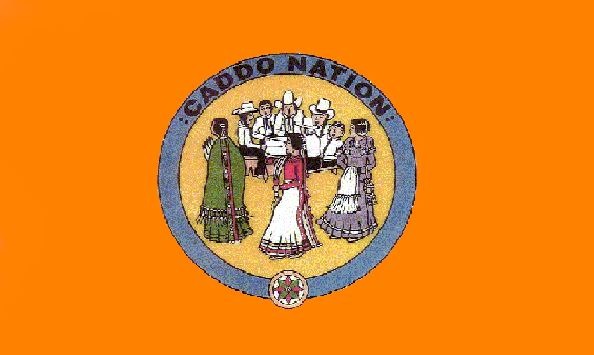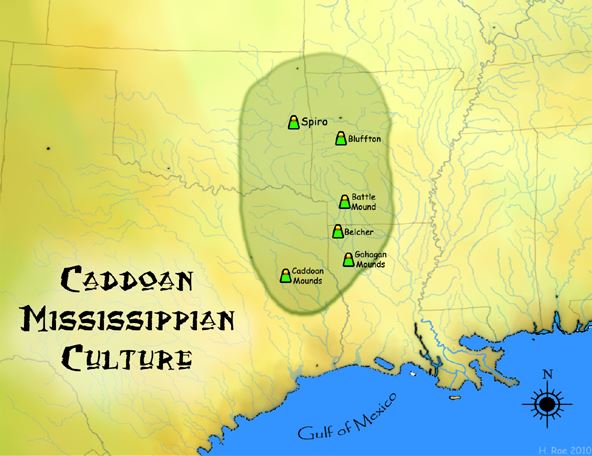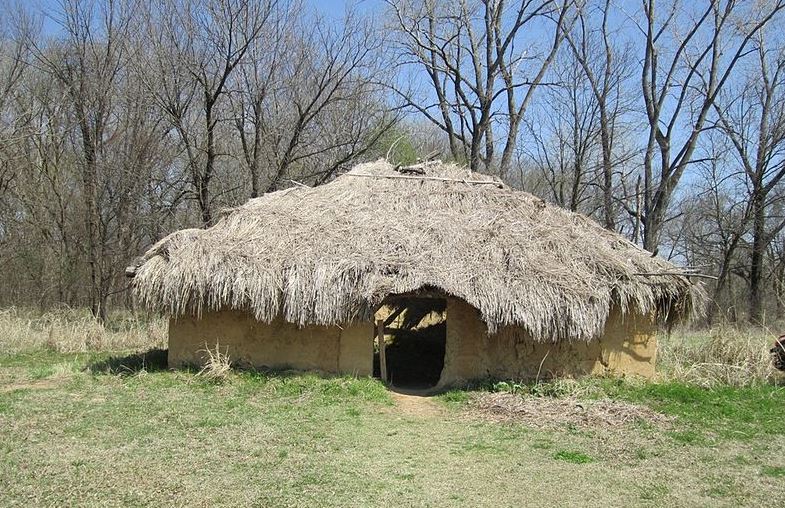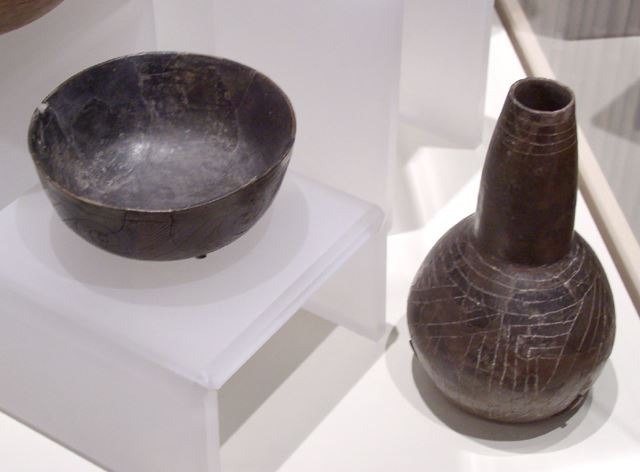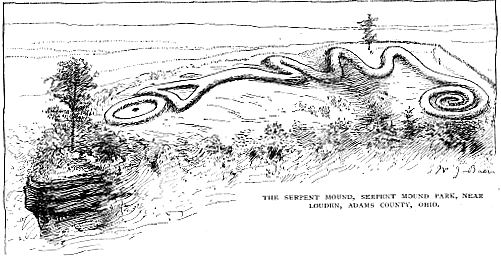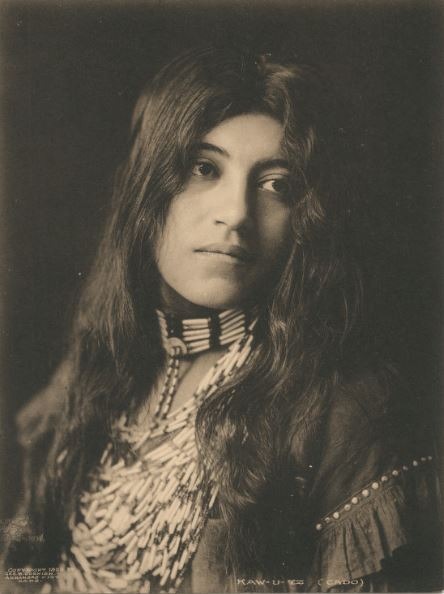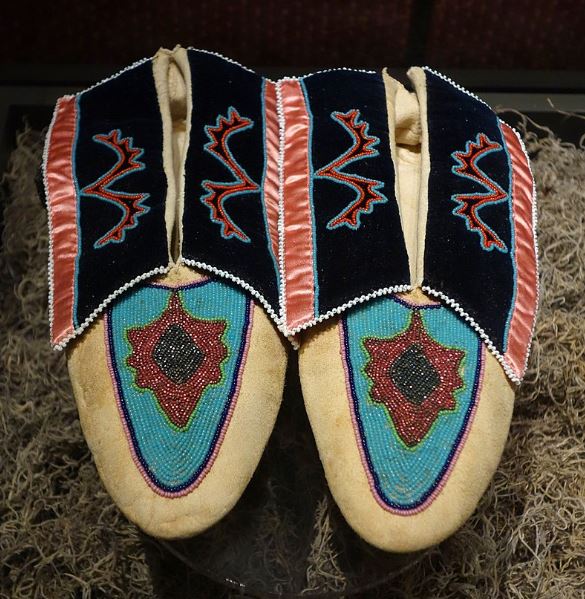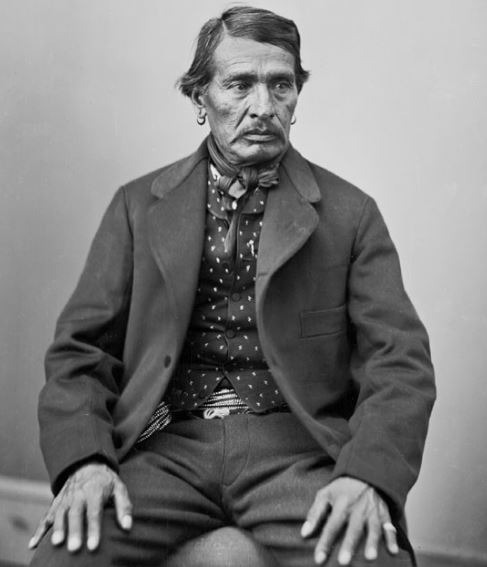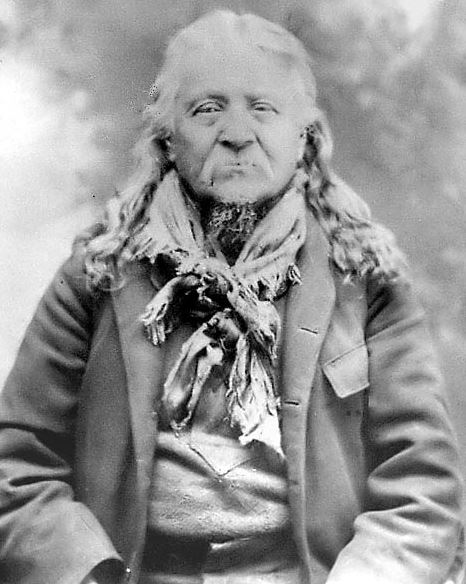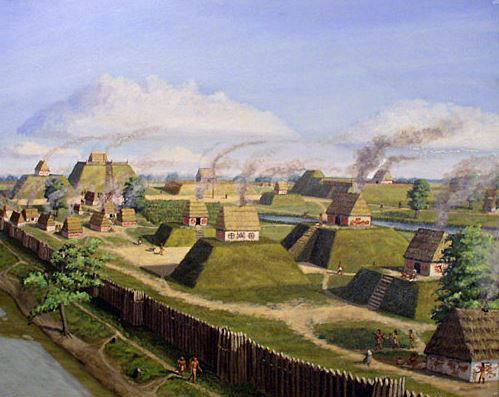Texas has been home to a diversity of tribes, which not only make its history colorful but add to the uniqueness of its cultures and traditions. Just like the Apache tribe, the Caddo were a nomadic people who lived in what is now East Texas. They were farmers, warriors, potters, priests, and traders. The more than 5,000 modern Caddo deepen their connections to the past through stories, songs, and dances.
The Long History of the Caddo Tribe
Before the mid-19th century, Caddo referred to a Native American confederacy around the Red River in Texas, Arkansas, Louisiana, and Oklahoma. The title is the French acronym of Kadohadacho, which means “true chief.” They were successors of the Caddoan Mississippian culture, which constructed earthwork mounds in this area. Caddoan is related to the Pawnee, Arikara, Wichita, and Kichai languages. Though each Caddo band had a separate dialect, all Caddo speakers could understand it.
The Caddo began in the southern Mississippi Valley and spread west via river systems. In approximately 700 and 800 AD, they established a settlement in the area between the Red, Sabine, and Angelina rivers and began cultivating the land. Diarists who accompanied the De Soto expedition, directed by Luis de Moscoso Alvarado, were the first Europeans to describe the Caddo people in 1542. The Spanish said numerous Caddo clans had dense populations, scattered villages, and bountiful crops. Archeological excavations of prehistoric Caddoan sites reveal that Caddo populations were widely dispersed by A.D. 800. Groups that settled in tiny settlements made pottery for cooking and storing food and developed a horticultural lifestyle focused on producing tropical crops.
The Prehistoric Story of the Caddo Tribe
Prehistoric Caddo culture may have evolved due to the formation, elaboration, and retention of complex social and political symbols of authority, ritual, and ceremonial. After 900 AD, Caddo tribes had well-planned civic-ceremonial centers, sophisticated funeral customs, and interregional trade. Caddoan and Mississippian communities shared maize farming, social authority, and ceremony.
Prehistoric Caddos lived in the grass- and cane-covered homes in isolated homesteads, tiny hamlets, larger villages, and civic-ceremony centers. These communities have earthen mounds used for temples and fire mounds. By 1300 A.D., most Caddoan groups ate mainly maize. For furs and meat, Caddos hunted deer, bison, and bear. Prehistoric people traded enormous distances. They sold bison hides, salt, bois d’arc bows, copper, stone, turquoise, and marine shell for pottery vessels and ceremonial bifaces. Caddo made tools, clothes, ceramic vessels, basketry, and ornaments from clay, stone, bone, wood, and shell. Caddos pottery is among the best in North America.
The Caddo Social Structure and Religious Practice
Maternal lineage rather than paternal lineage was used as a means of tracing descent for the Caddos. In their tradition, they refer to the father, his brothers, and the mother, her siblings by the same name. Caddo clans were classed and acknowledged by the Caddos. It was not uncommon for members from different families to wed. Religious and political authority in the historic Caddoan civilization relied on a hierarchy of crucial positions inside and between villages and organizations.
The xinesi inherited spiritual leadership, the caddi principal headman of a community, and the canahas local elders. Caddo people looked to the xinesi for religious leadership, decision-making power amongst allied communities, and leading first-fruits, harvest, and naming ceremonies. The xinesi has a super naturalized mundane existence. The caddi made political choices, sponsored events, led war expedition discussions, and conducted the calumet ceremonial with visitors. Tinhiouen and Dehahuit of the Kadohadachos and Irish or José Mara of the Anadarko or Nadaco tribe were the most prominent and politically astute Caddo leaders in history. Caddos shared subsistence methods by rank and class. Men tilled, but women planted. Elder women oversaw numerous families’ dome-shaped dwellings and farms. Caddo men walked to the grasslands on foot to hunt bison in the fall while women cleaned the meat and hides.
Caddo Trade and Industry
The Caddo, who lived where the southeastern woodlands and western prairies met, grew rich harvests, and participated in exchange networks. The Caddo presumably traded grain, beans, and squash for bison meat with the Wichita. Southeastern Indians bought salt from them around the Red and Ouachita rivers. The trading network supplied the Caddo with exotic ritual goods: shells from the Florida Gulf Coast, copper from the Great Lakes, mica and marble from the Appalachians, galena and flint from the Ozarks, and ceramics from local clays.
Caddo leaders regulated trade, allocating imported items to strengthen their theocratic chiefdoms. They bought the things needed to execute religious rites that delivered crops that nourished the people and spurred trade. Networks disseminate ideas and influences. The Caddo helped spread the ceremonial complex that dominated the Southeast between 1250 and 1450.
Unique Caddo Identity
They used vegetable dyes to color the threads from the cotton they have grown, after they were spun and colored. When the women were ready, they would start weaving gorgeous cotton cloths. They would embellish their garments with beadwork and embroidery. Aside from cotton, the Caddo also used leather. Among the animals, they tanned were deer, buffalo, bear, and various types of fur. Only the Caddo knew how to dye leather black.
Moreover, another significant identity of Caddo men is their shaved heads just with a thin line of hair in the middle. They let the hair grow down to the waist, reaching almost to the ground. They painted their shaved heads with color. Men and women were covered in tattoos, which signify tribal, clan, or society membership. In addition to arm, neck, and ear decorations, Caddos wore nose rings and tattoos.
The Caddo are called mound builders because mound-building religion is an essential part of their culture, which they do to build temples and chief’s homes. They resided in “beehive” dwellings constructed of poles covered in thatch. These were often arranged around a social and ceremonial place and cooked food in pots and baskets of various sizes. The Caddo shared a religion with the Creek, Chickasaw, and Muscogeans and built ceremonial mounds resembling Christian churches. Each tribe had unique and common religious traditions.
All mound-builders celebrated busks; the fall busk is crucial because it commemorates crop harvesting and winter preparation. For the Caddo, fire is a necessary element in their ceremonies. People burned worn-out items before putting out fires. During the ceremony, the high priest lit a new fire. People would transport this new fire to their villages to start new fires. Fire is a sacred symbol for the Caddo; each house and the main temple should maintain a holy fire.
Hasinai priests cared for the temples on the mounds and led key rites, while non-priest shamans also existed. They also have specialized shamans and healers that cast charms to aid hunting or fighting or told people’s fortunes through visions, as astrologers do now. The Caddos worshipped the holy twins believed to dwell in Davis temple.
The Sacred Caddo Landscape
Before Europeans arrived, the Caddo had a well-developed route system in East Texas. Caddo mound centers, especially those near river crossings, and their interconnected paths depict the sacred Caddo landscape. After 1690, when the Europeans colonized East Texas, El Camino Real de Los Tejas and Trammel’s Trace followed the Caddo east-west and north-south path corridors. During the Civil War, most Caddo clans left Indian Territory for southern and eastern Kansas, but they returned to the Wichita Reservation in 1867. By 1874, the borders of the Caddo reservation were set, and the different Caddo tribes decided to join.
In 1902, under the General Allotment Act of 1887, the Caddo reservation was divided into 160-acre allotments for each registered Caddo, and the other lands were released to the White settlement. Around 1300, the Caddo population may have topped 200,000. By 1350, they’d faced catastrophes like drought; by the 1680s, the Caddo population had dropped to 10,000. At present,the federally recognized Caddo Nation of Oklahoma is based in Binger, Oklahoma. The Caddo maintain their traditions through dance, singing, tale, and art.

